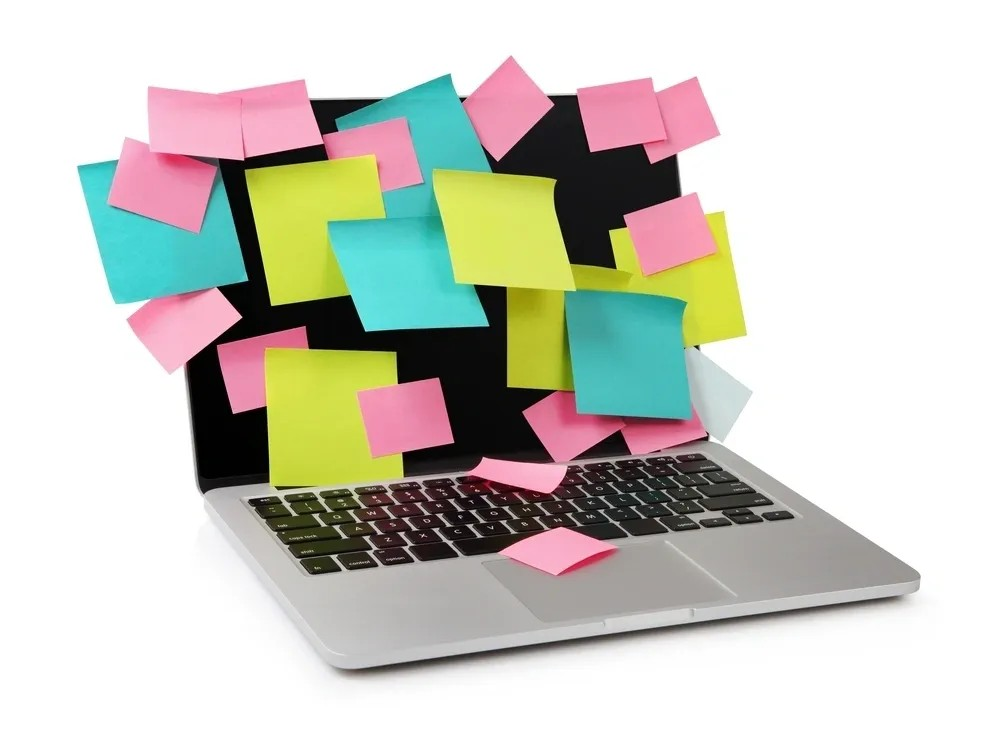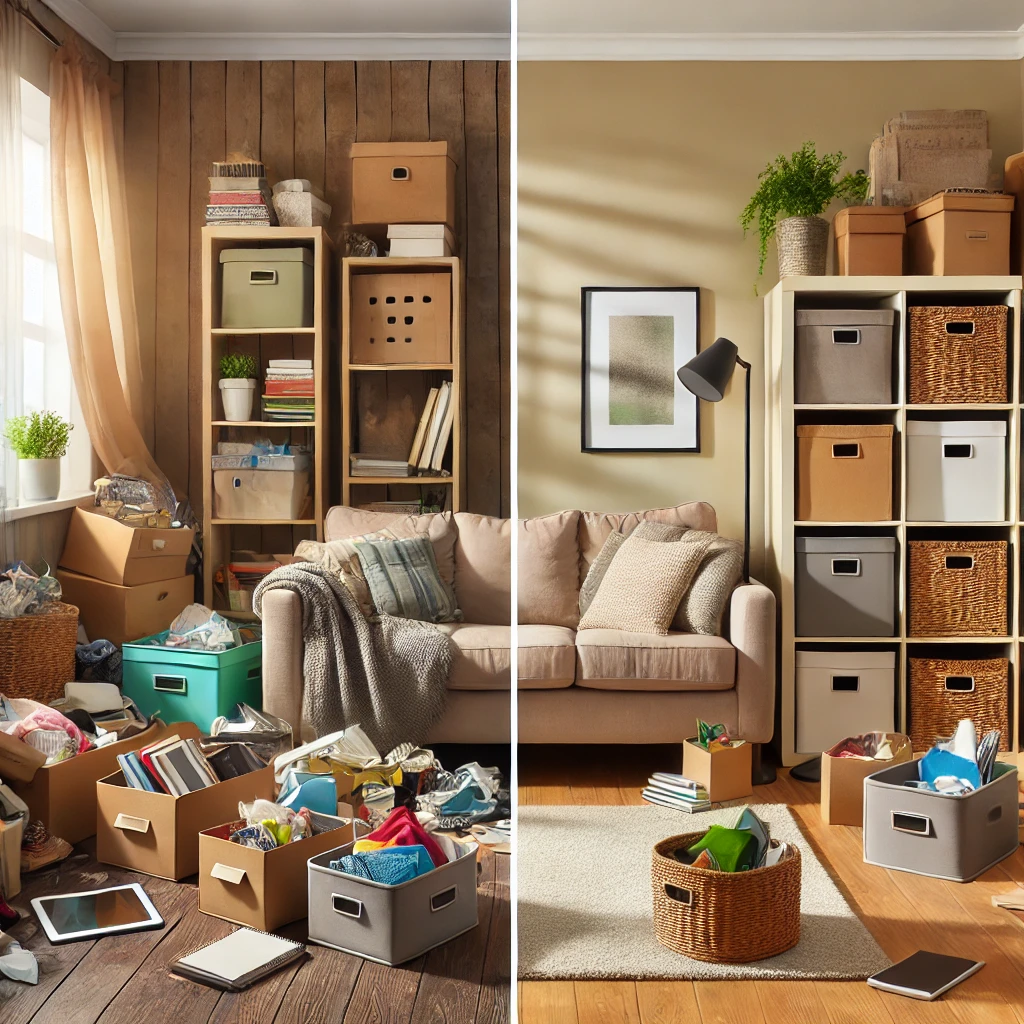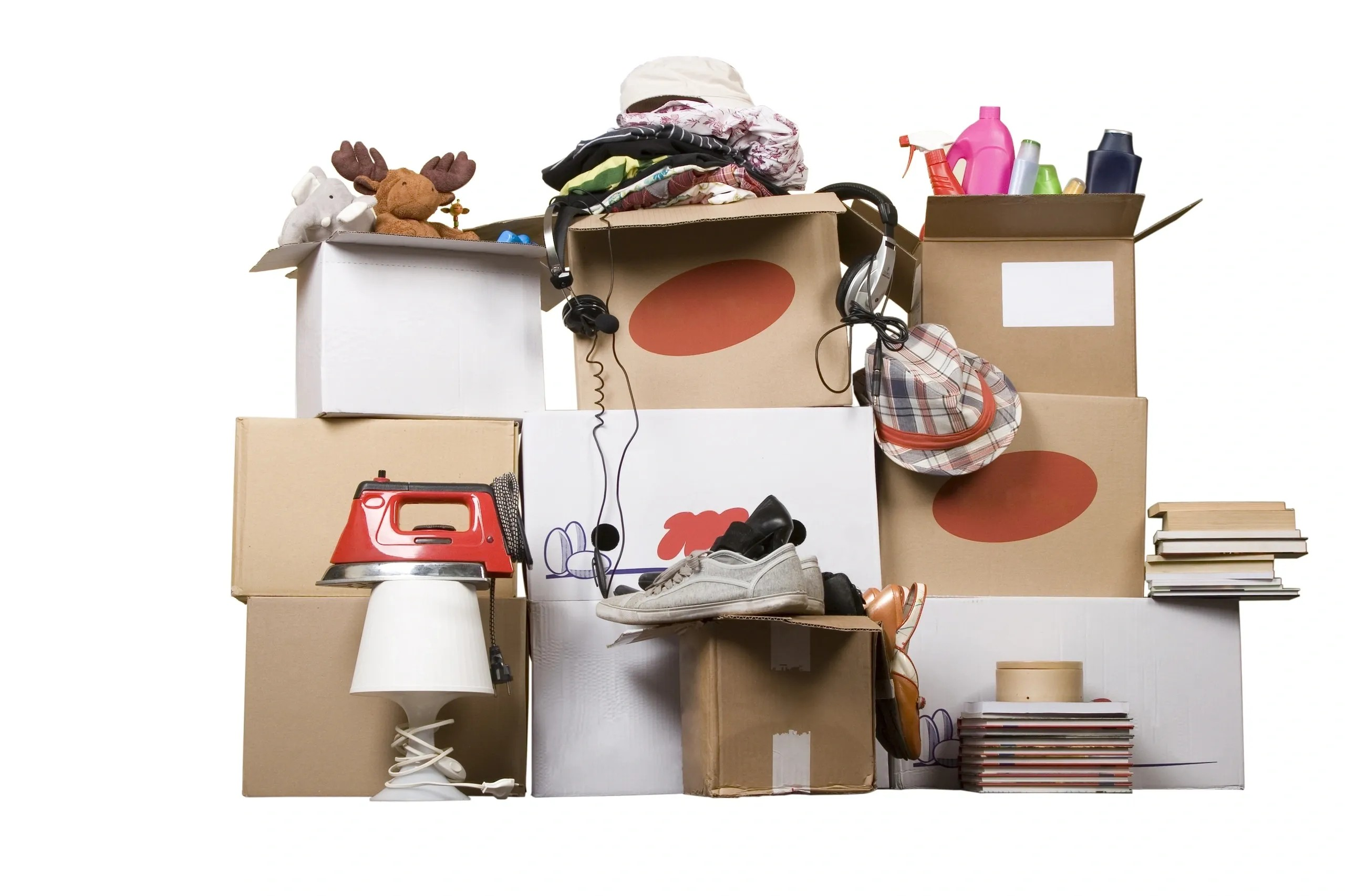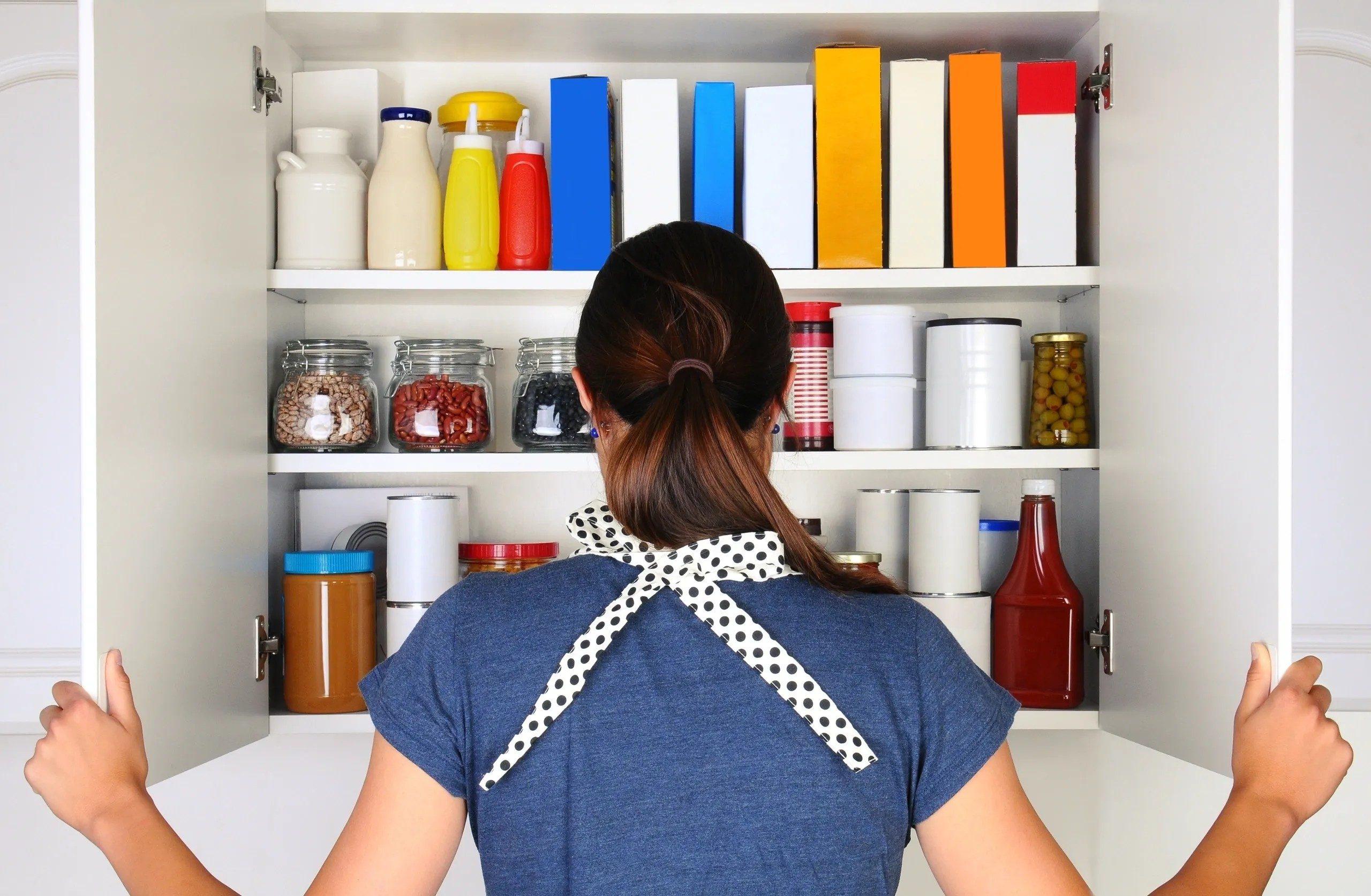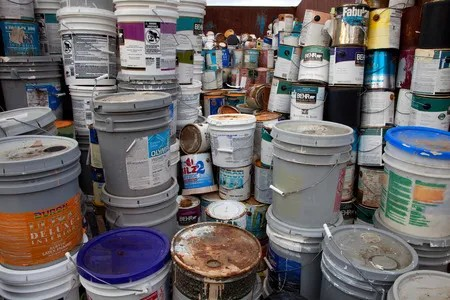Did you know that approximately 11% of children aged 4-17 (6.4 million) have been diagnosed with ADHD, with rates in young children rising by over 50% in just a few years? (Source: CDC) ADHD is not just prevalent—it’s growing. If you’re affected by ADHD, either personally or through someone you know, you understand how deeply it can impact life: time management, productivity, home organization, work, and relationships.
The ADHD Brain and Organizational Challenges
Managing ADHD can feel overwhelming, but understanding the unique ways it affects the brain is the first step to success. Key challenges include:
- Struggles with working memory: Holding and processing information in the moment can be difficult.
- Under-arousal: The ADHD brain craves stimulation, leading to distractions.
- Skipping steps: Linear thinking often results in jumping from A to F while skipping C-D-E, creating gaps.
- “Now” vs. “Not Now”: Long-term planning gets sidelined in favor of immediate gratification.
- Overwhelm: The desire for the “perfect system” can lead to frustration and self-criticism.
Proven Organizational Tips for Success
- Start with what excites you: Begin organizing a room or area that’s personally meaningful to keep engagement high.
- Group incomplete projects: Seeing all ongoing tasks together can help gauge priorities.
- Make it fun: Use music or other enjoyable activities to keep the process stimulating.
- Stay grounded: Work alongside someone or simply have them present to maintain focus.
- Use a timer: Track how long tasks take to build realistic expectations and encourage follow-through.
- Incorporate color: Bright labels, bins, and folders can boost focus and engagement.
- Prioritize self-care: Sleep, proper nutrition, and breaks are critical for maintaining energy and focus.
- Plan for variety: ADHD thrives on novelty. Having a Plan B can prevent boredom and sustain progress.
Clearing the Clutter: Decision-Making Strategies
ADHD often complicates decisions about what to keep or toss. Simplify the process with targeted questions:
- If this were broken, would you replace it?
- Would you accept money for this if offered?
- Did you remember owning this?
- Have you used it in the past year?
These prompts help frame decisions in a way that’s less overwhelming and more actionable.
The Strengths of ADHD
ADHD isn’t all about challenges. People with ADHD bring incredible strengths to the table:
- Hyper-focus: When directed effectively, this can lead to unparalleled productivity.
- Resilience: They adapt and push forward, often with creative solutions.
- Ingenuity: Their ability to think outside the box leads to innovation.
- Spontaneity: Quick thinking and action often result in positive surprises.
- High energy: Their enthusiasm can be contagious and inspiring.
What Do I Do?
Whether you have ADHD or support someone who does, the key to thriving lies in embracing the challenges while unlocking the potential. With the right strategies and systems in place, organization becomes not only possible but empowering. Start small, stay consistent, and remember—progress is the goal, not perfection.
Take the first step today and discover how organization can transform your life!
